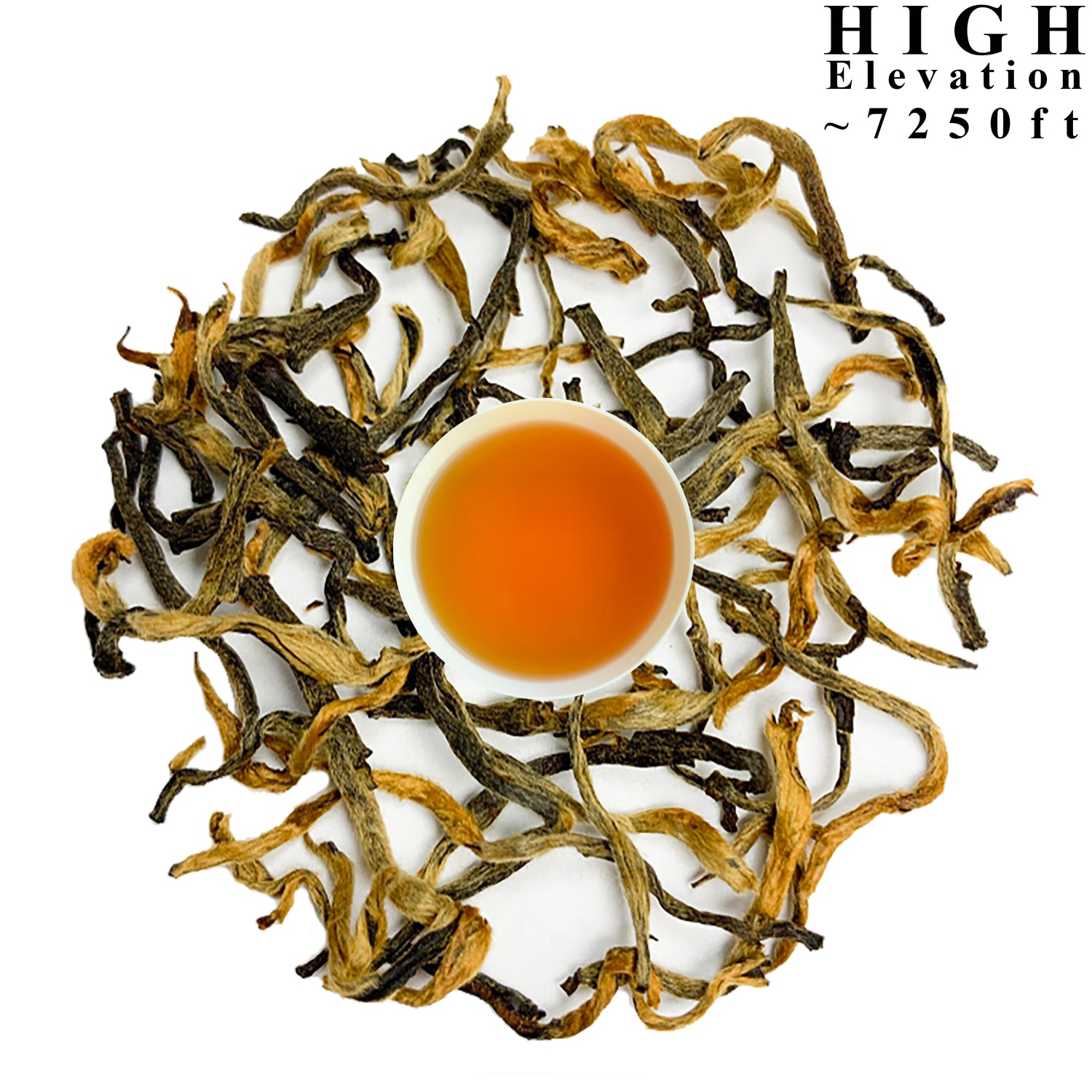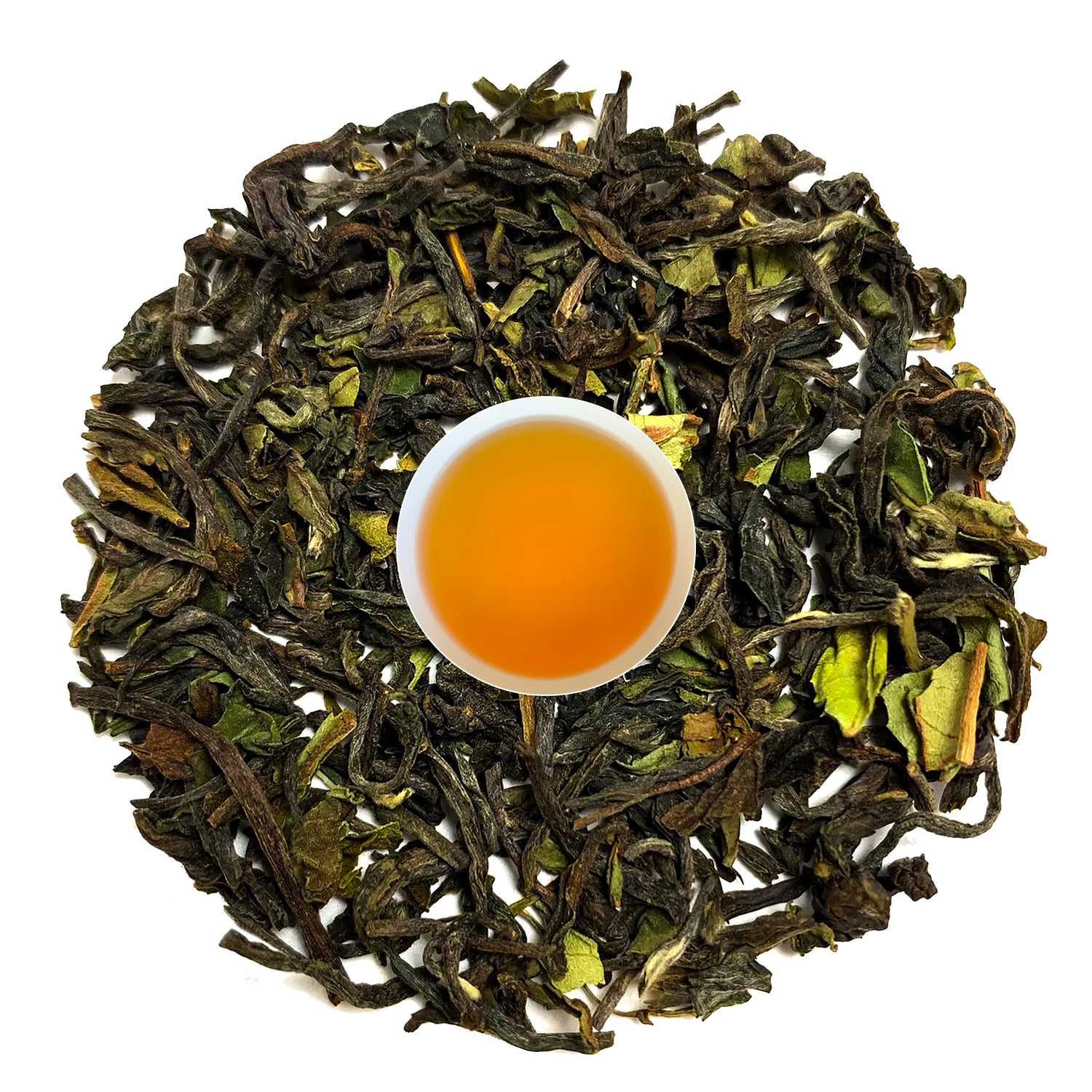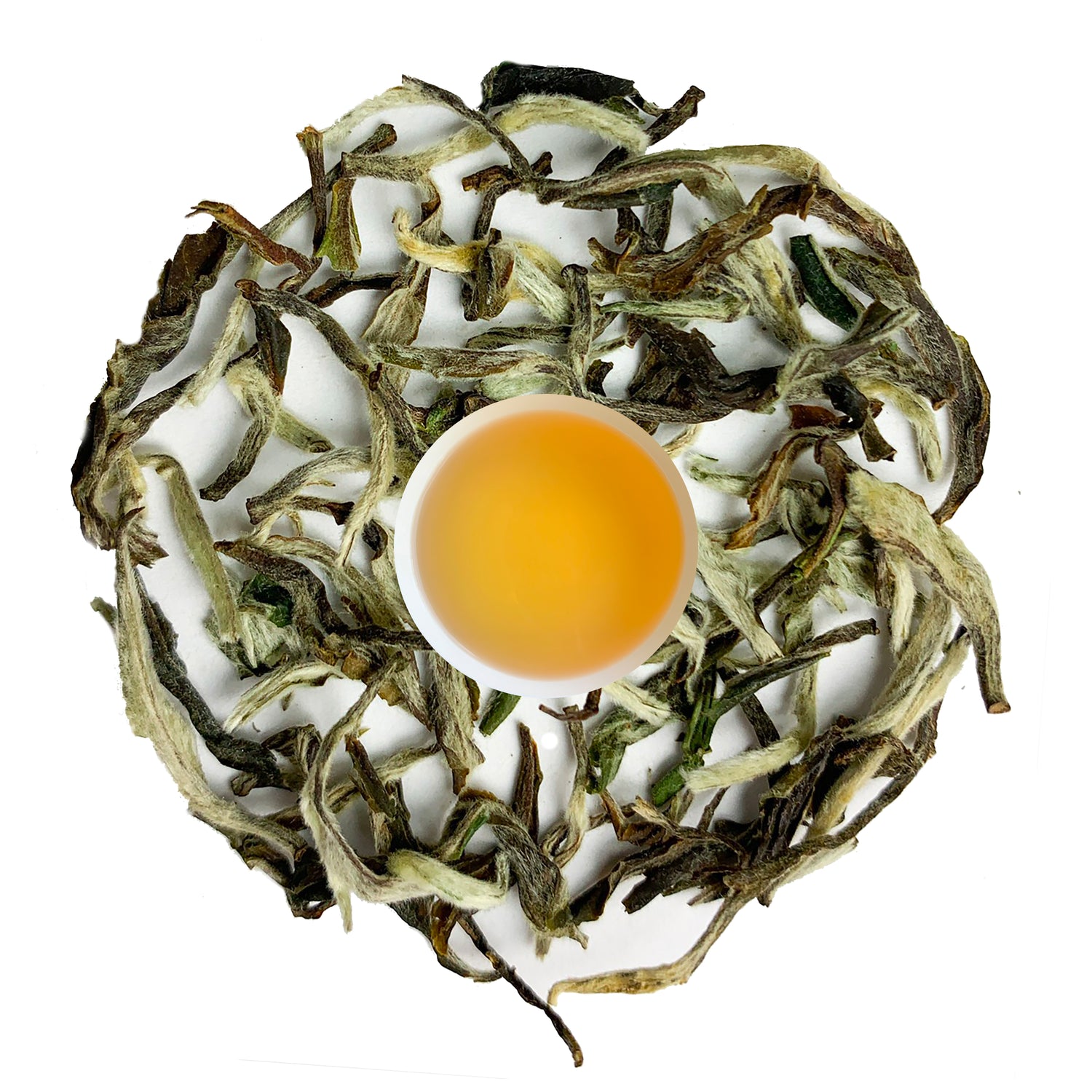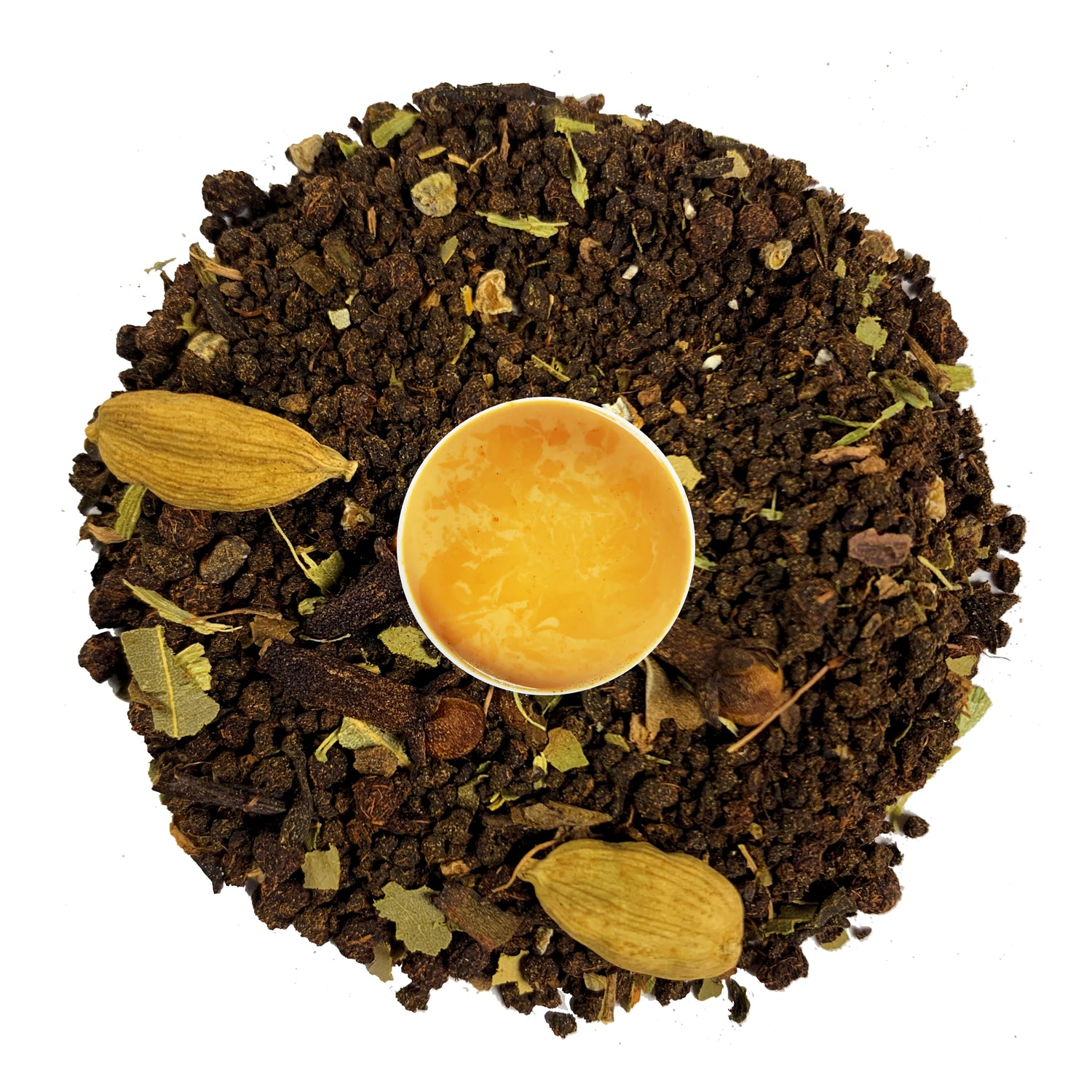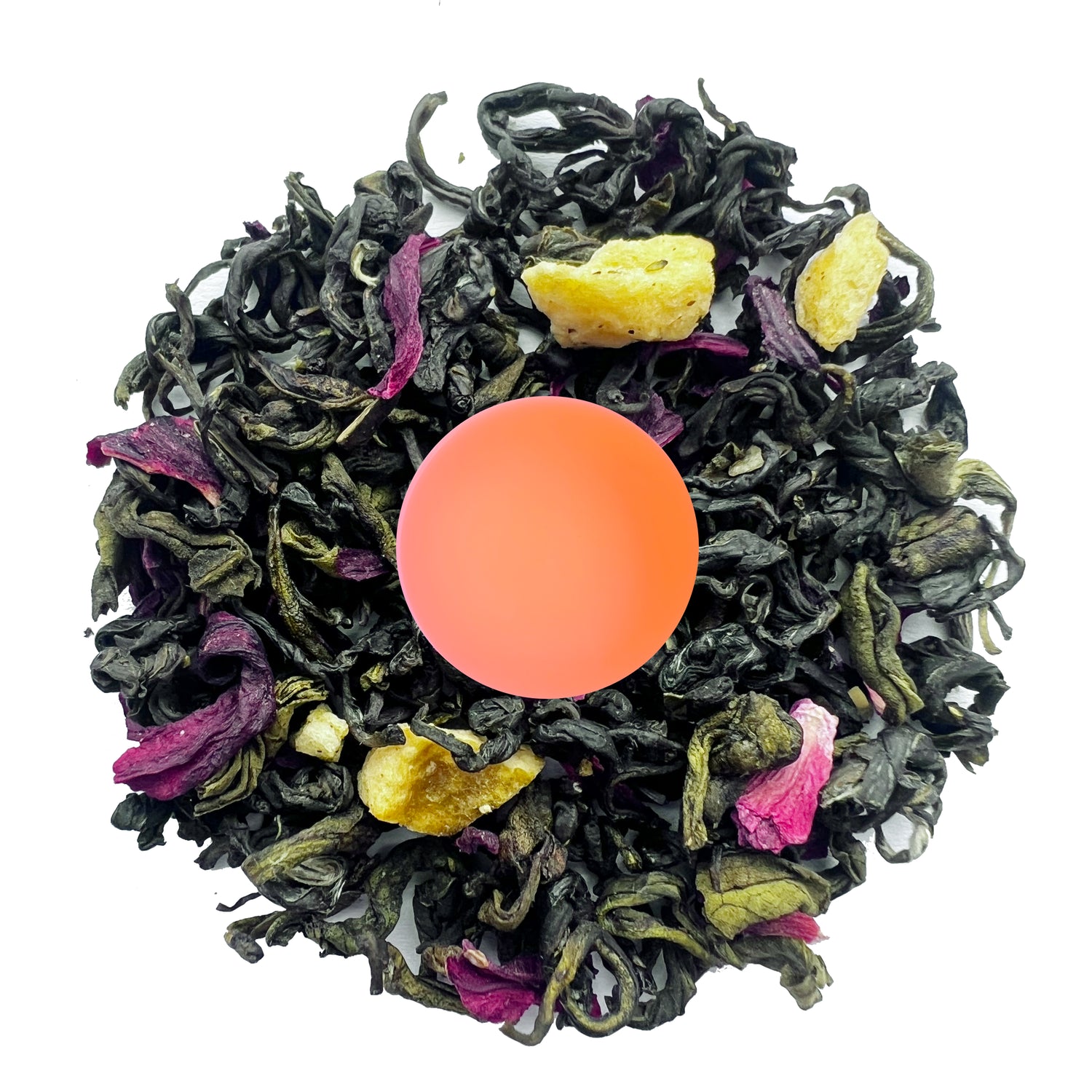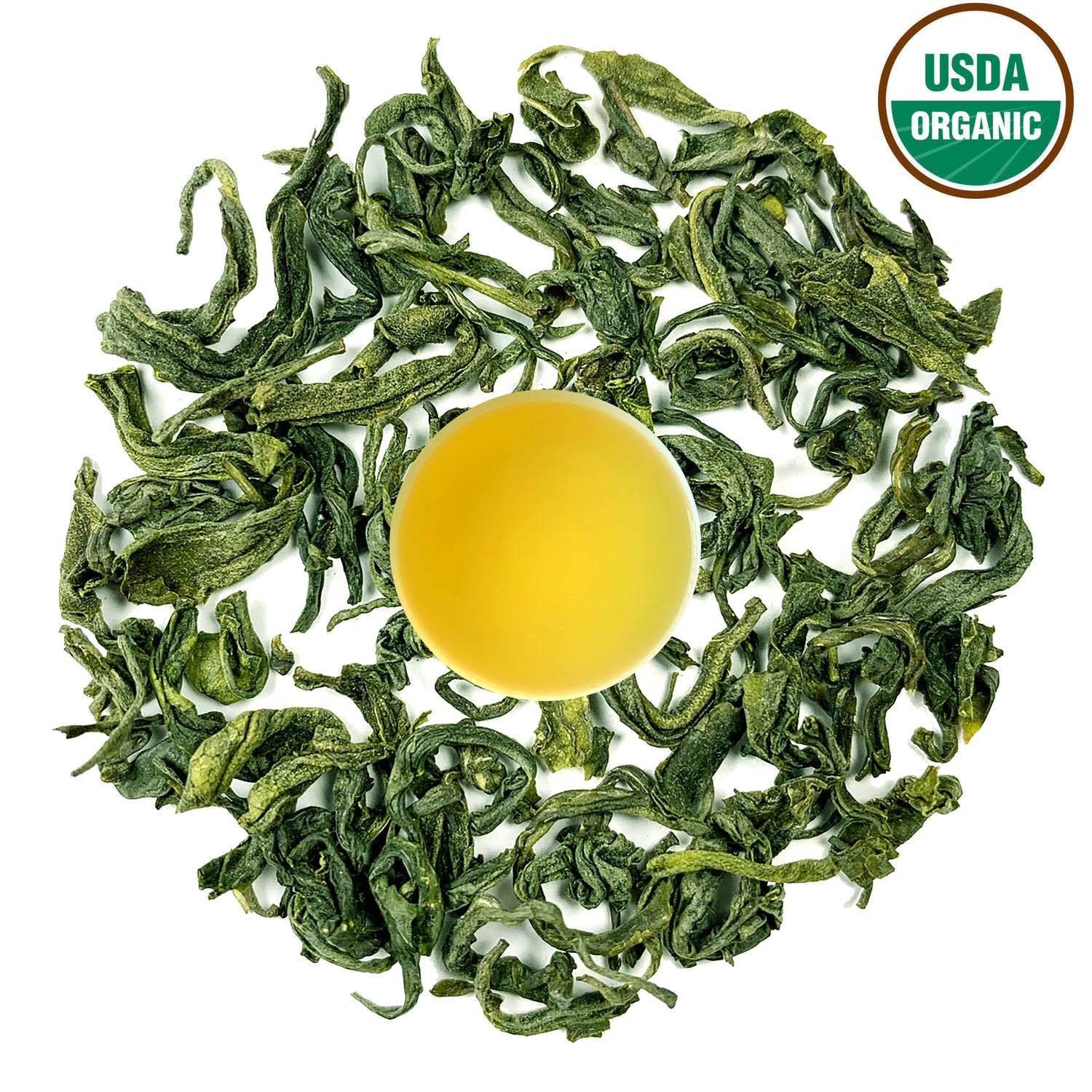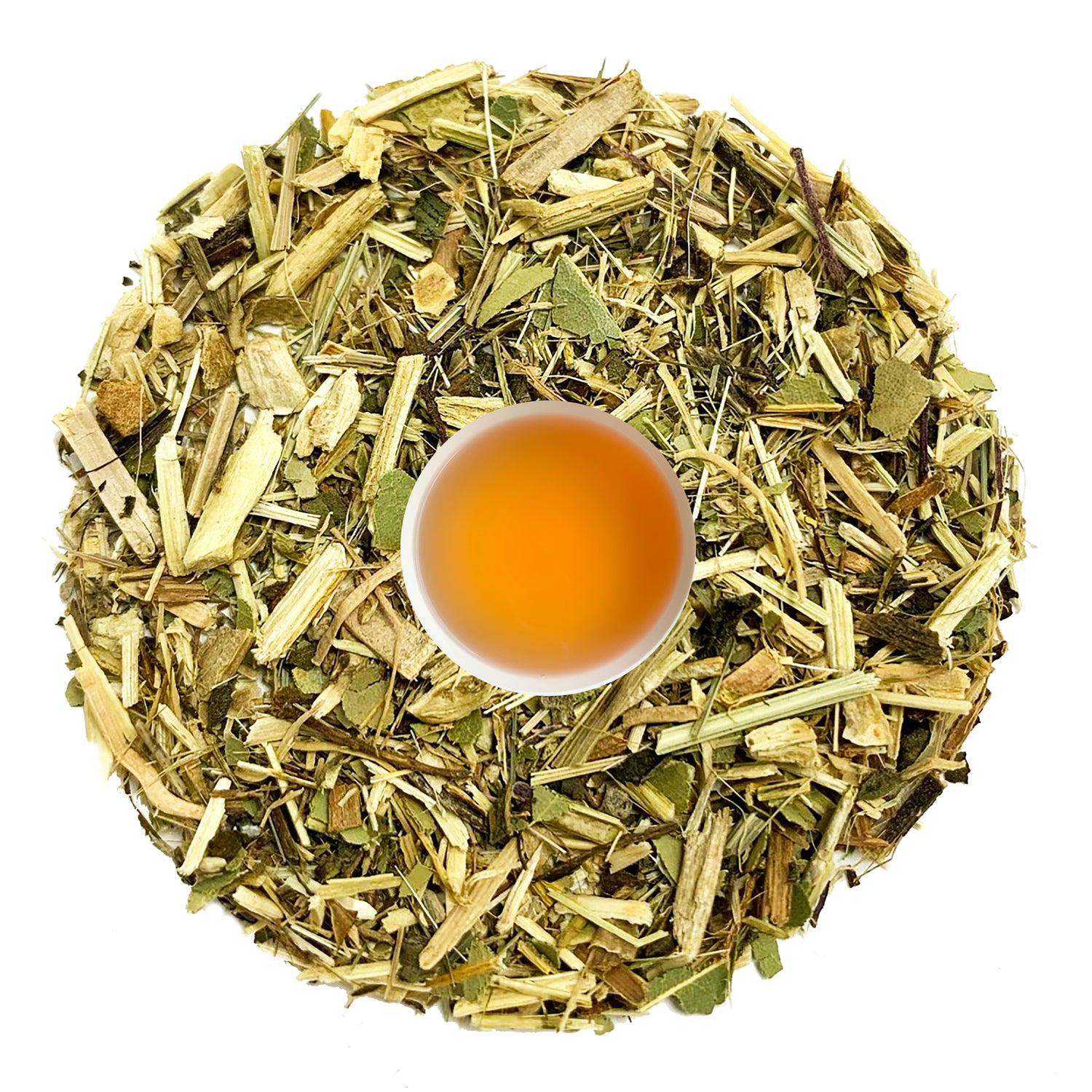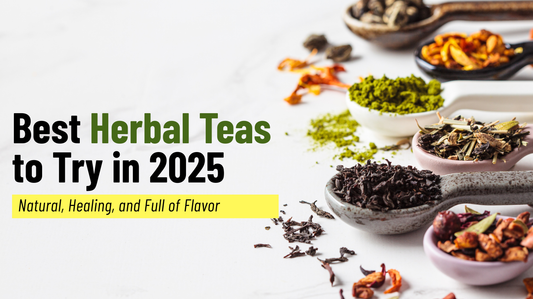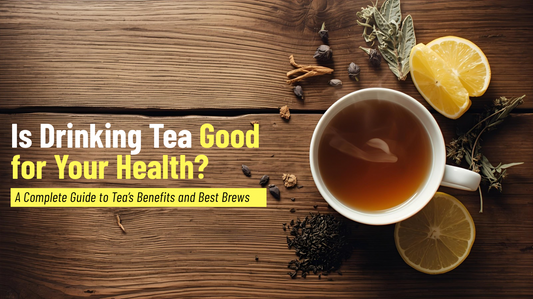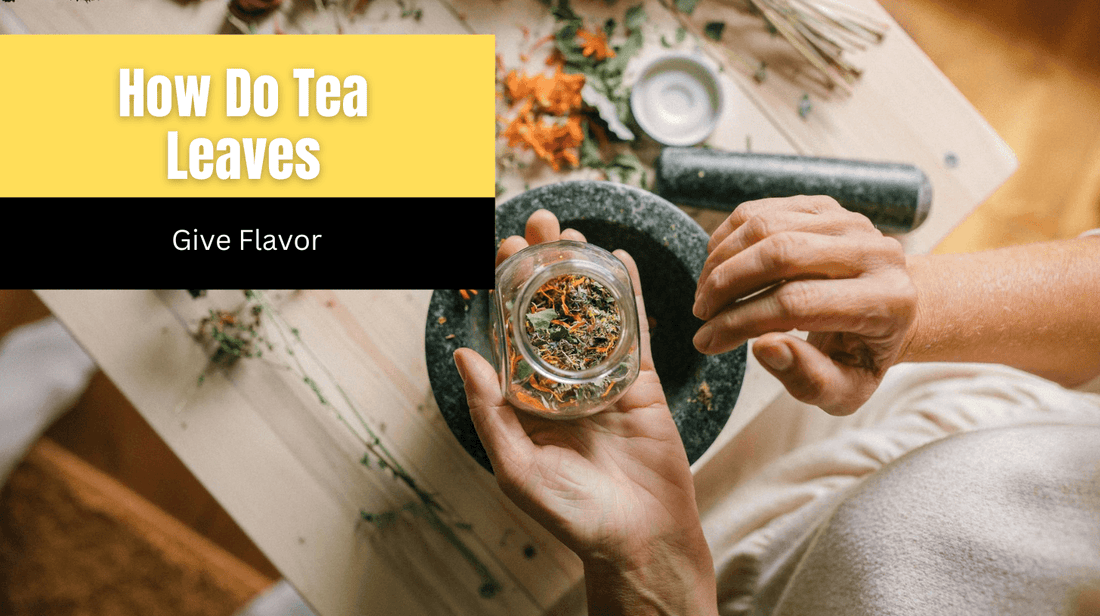
How Do Tea Leaves Give Flavor?
The unique flavor of your favorite cup of tea starts in the leaf. From the soil it grows in to the way it’s processed, tea leaves carry a story of geography, chemistry, and craftsmanship. But what really determines how tea leaves give flavor?
Let’s dive into the world of tea production, explore the science of flavor, and understand how different tea types develop their signature taste.
1. The Chemistry of Tea Leaves
Tea leaves contain a range of chemical compounds that directly affect taste, aroma, and mouthfeel:
- Catechins – Bitterness and astringency (found in green tea)
- Theaflavins and Thearubigins – Richness and maltiness (in black tea)
- Amino acids (especially L-theanine) – Umami and sweetness
- Essential oils and polyphenols – Aromatic complexity
As tea leaves oxidize, the catechins turn into theaflavins and thearubigins, creating deeper flavor tones.
2. Types of Tea and Their Flavor Profiles
Every type of tea comes from the same plant—Camellia sinensis—but the difference in flavor comes from how the leaves are processed.
- Black Tea: Fully oxidized; rich, bold, malty
- Green Tea: Unoxidized; grassy, vegetal, slightly bitter
- Oolong Tea: Partially oxidized; floral, nutty, and complex
- White Tea: Minimally processed; delicate, light, slightly sweet
- Herbal Tea (Tisanes): Not from tea plant; flavors vary by herbs
You can explore our full range of teas categorized by flavor in the Danfe Tea Collections.
3. Processing Techniques: Where Flavor is Crafted
The way tea is harvested, withered, rolled, oxidized, and dried drastically influences flavor:
- Withering removes excess moisture and releases floral volatiles
- Rolling breaks the leaf structure, starting oxidation
- Oxidation changes the leaf’s chemistry, giving black teas their color and taste
- Roasting or pan-firing adds nuttiness and removes bitterness (used in green and oolong teas)
The level of processing and oxidation is what separates a bold 01° Ilam Black Tea from a gentle 19° Himalayas Best White Tea.
4. Terroir: The Taste of Place
Just like wine, tea flavor is heavily influenced by terroir—the environment in which it is grown:
- Altitude: Higher altitude teas develop more flavor compounds slowly, often resulting in floral or brisk profiles
- Soil: Mineral-rich soil adds complexity and character
- Climate and Rainfall: Influence sweetness, bitterness, and aroma
Our Signature Golden Tips Tea grown in Nepal’s pristine highlands, is a prime example of terroir-driven flavor.
5. Tea Masters: The Human Element
Even with the best leaves, flavor doesn’t shine without the touch of a skilled tea master. Their decisions during withering time, oxidation level, and drying methods refine every cup’s taste.
At Danfe Tea, every product is handcrafted in small batches—our 27° Himalayas Best Oolong Tea showcase master-level processing.
6. Storage and Brewing Matter
Even after processing, tea flavor can be preserved or destroyed by storage:
- Store away from light, heat, air, and moisture
- Use airtight containers for longevity
Brewing technique also matters:
- Use proper water temperature
- Steep for the right duration
- Use fresh, filtered water
Read our blog on [How to Make the Perfect Cup of Tea (Coming Soon)] for a step-by-step guide.
Internal Recommendations
Here are some flavor-rich teas from our collection:
- Bold and malty: 14° Mt. Pumori Organic Black Tea
- Crisp and grassy: 22° Nepal Jasmine Green Tea
- Earthy and calming: 36° Himalayan Spearmint Tea
FAQs
1. Why do different teas taste different if they come from the same plant?
Because of how they’re processed—especially oxidation—and where they’re grown.
2. What gives tea its natural flavor?
A mix of amino acids, polyphenols, caffeine, and essential oils.
3. Can herbal teas have complex flavors too?
Yes. Herbal blends like tulsi, mint, or lemongrass offer layered flavors based on their essential oils.
4. Does brewing affect the taste?
Absolutely. Temperature, time, and water quality all influence final flavor.
5. Which tea has the strongest flavor?
Black teas and oolongs typically carry the boldest and most complex flavor profiles.

